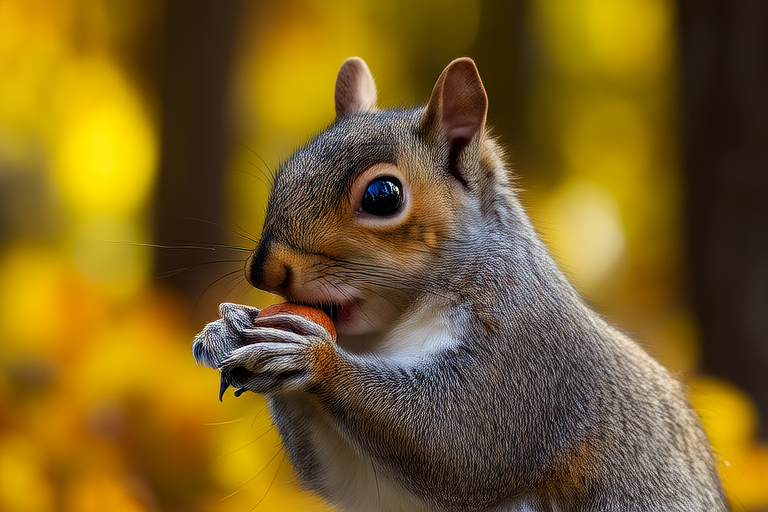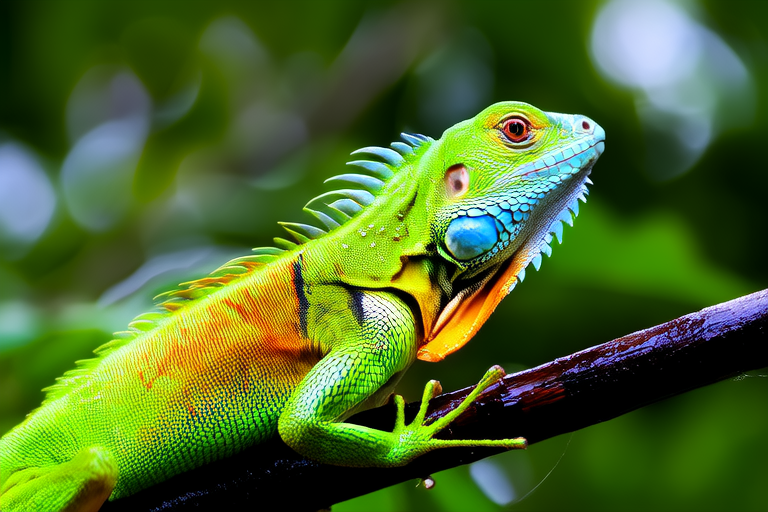
Beyond the Barnyard: Training Tips for Your Mini Pig Pal
Mini pigs have become increasingly popular as pets over the past few years. Their compact size, endearing faces, and unique personalities make them attractive companions for many households. However, these intelligent creatures have specific needs and behaviors that differ from traditional pets like dogs or cats. Understanding and meeting these needs is crucial for a happy and healthy relationship between you and your mini pig.
The Intelligence of Mini Pigs
One of the most striking aspects of mini pigs is their high level of intelligence. They can solve puzzles, learn tricks, and even respond to their names. This intelligence means they require mental stimulation and engagement to thrive. Unlike dogs, who may rely more on instinct, mini pigs often need to be taught the rules of the house and how to behave appropriately within their environment.
Unique Needs of Mini Pigs
Mini pigs have distinct physical and emotional requirements that must be considered. They are highly social animals and thrive when given plenty of attention and affection. Additionally, mini pigs need a varied diet, regular exercise, and access to a stimulating environment. Providing these elements will help ensure your mini pig remains healthy and content.
Basic Commands: Sit, Stay, and Come
Training your mini pig is a rewarding process that strengthens the bond between you and your pet. Let’s start with some fundamental commands:
Sit
To teach your mini pig to sit, begin by holding a treat just above its nose. As it lifts its head to sniff the treat, gently move it backward, prompting the pig to tilt its rear down. Once it sits, give the command “Sit” and immediately reward with the treat and praise. Repeat this process several times daily until your pig responds reliably to the command.
Stay
Teaching your pig to stay involves building on the sit command. After your pig has learned to sit, hold the treat in front of its nose and say “Stay.” Take a step back, then return and reward if the pig remains in place. Gradually increase the distance and duration as your pig becomes more comfortable with the command.
Come
To train your mini pig to come when called, use a consistent verbal cue like “Come here.” When your pig approaches, reward with treats and praise. Practice in various environments and gradually extend the distance between you and your pig. Consistency is key; always reward the desired behavior.
Positive Reinforcement Techniques
Positive reinforcement is the foundation of effective pig training. It involves rewarding good behavior with treats, praise, or toys. This method encourages your pig to repeat the behavior for future rewards. Avoid punishment, which can lead to fear and aggression. Instead, focus on reinforcing desirable actions and redirecting unwanted ones.
Suitable Treats
Choose treats that are low in fat and sugar but high in nutritional value. Some great options include small pieces of fresh fruit, vegetables, or commercial pig-safe treats. Always monitor portion sizes to prevent overfeeding.
Common Behavioral Issues and Solutions
Despite their intelligence, mini pigs can exhibit challenging behaviors. Here are some common issues and ways to address them:
Digging and Rooting
This is a natural behavior for pigs, but it can become problematic indoors. To discourage indoor digging, provide appropriate outlets such as a rooting box filled with hay or shredded paper. Redirect your pig’s attention to these areas when it shows interest in digging elsewhere.
Biting and Nipping
Biting can occur due to teething, playfulness, or frustration. If biting becomes an issue, redirect your pig’s attention to a chew toy and reward calm behavior. Teach your pig to associate gentle handling with positive experiences.
Maintaining a Strong Bond
A strong bond between you and your mini pig is essential for a harmonious relationship. Regular training sessions, playtime, and affectionate interactions will help strengthen this connection. Consistency in training and clear communication are vital. Spend quality time with your pig daily, offering mental and physical stimulation. This interaction will reinforce trust and deepen the bond between you.
In conclusion, training your mini pig requires patience, consistency, and positive reinforcement. By understanding and addressing their unique needs, you can build a loving and rewarding relationship with your mini pig pal. Remember, every pig is different, so tailor your approach to suit your individual pet’s personality and preferences. With dedication and love, you’ll enjoy countless joyful moments with your intelligent and charming companion.





